Meeting Cost-Effective Solutions For High-Volume FMCG Plants Requirements in India with Automated Pallet Exchange
Are you running a high-volume FMCG plant in India? Then you know the pressure. Margins are tight. The demand for speed and efficiency is relentless. You are constantly battling rising labor costs, logistical bottlenecks, and the ever-present risk of product damage. It feels like you are trying to plug leaks in a sinking ship, where every small inefficiency is another hole draining your profits. I have seen this struggle up close in many factories. The manual processes that once worked are now becoming a major liability, slowing you down and costing you money.
The most effective way to meet the requirements of a modern, high-volume FMCG plant in India is by implementing an automated pallet exchange system. This technology directly addresses the core challenges of cost, speed, and safety. It automates the transfer of goods from one pallet to another, drastically reducing manual labor, minimizing product damage, and accelerating your entire logistics workflow. This is not just an equipment upgrade; it is a cost-effective, strategic solution to boost your plant's overall performance and profitability.
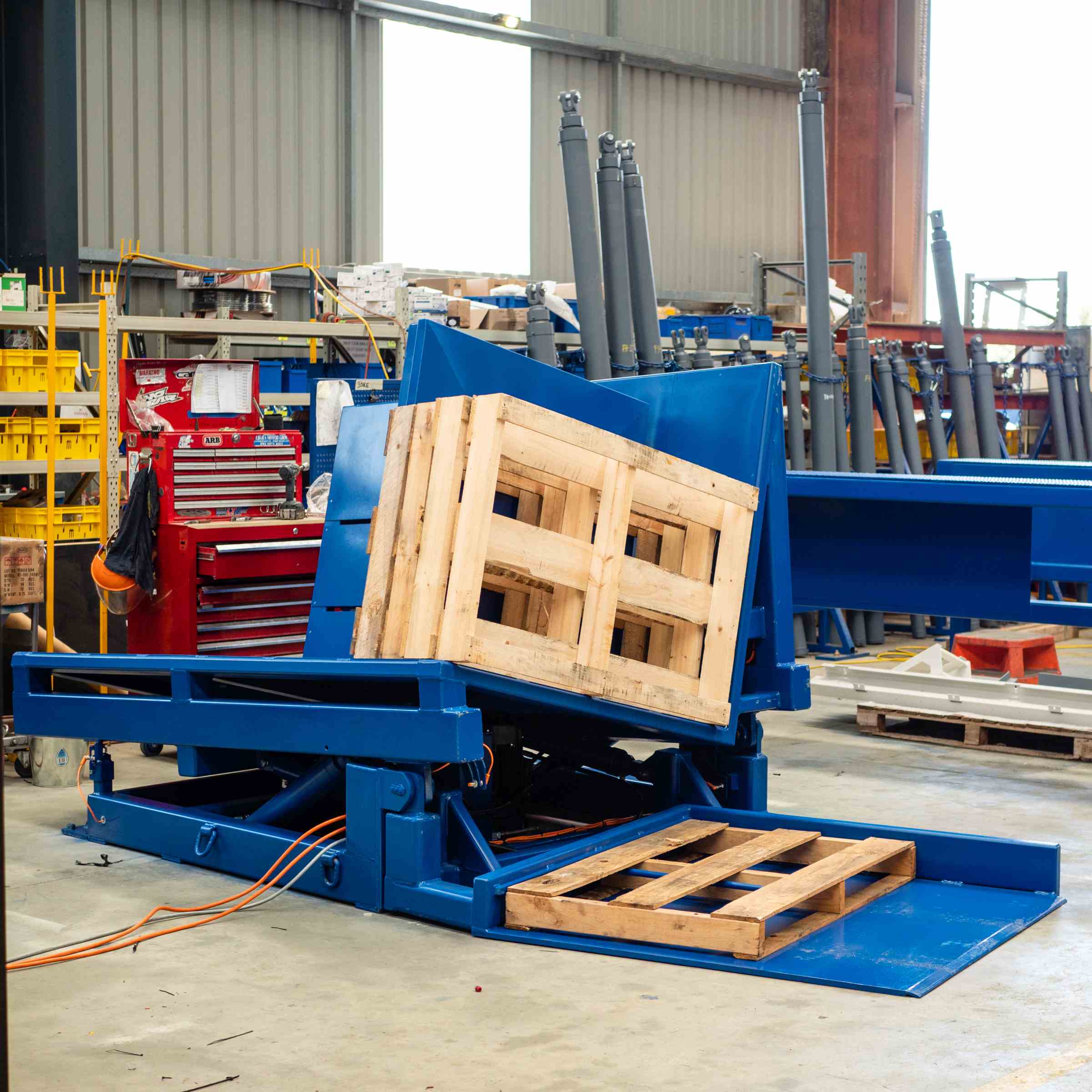
I understand that investing in new equipment is a big decision. You need to see a clear path to value. It’s not just about buying a machine. It's about understanding how that machine solves your specific problems today and supports your growth tomorrow. In my journey from being a young engineer on the factory floor to building my own company, SHJLPACK, I've learned that the best solutions are the ones that are both powerful and practical. Let's break down how an automated pallet exchanger can be that solution for your plant in India.
How can automated pallet exchange directly tackle rising operational costs in Indian FMCG plants?
Your operational costs are always on your mind. You see labor wages increasing. You know the challenges of finding and retaining reliable workers for physically demanding jobs. Every time a team of workers manually transfers a pallet load of goods, you are paying for slow, inefficient, and risky labor. This is a direct hit to your bottom line. These small, repeated costs quickly multiply across thousands of pallets, becoming a significant financial drain and a bottleneck in your operations.
An automated pallet exchange system tackles these rising operational costs head-on. It does this by minimizing the need for manual labor in the pallet transfer process, which immediately lowers your wage expenses. It also operates much faster and more consistently than a manual team, which increases your throughput. Finally, it handles products gently and securely, which drastically cuts down on the costs associated with damaged goods that you have to write off as a loss.
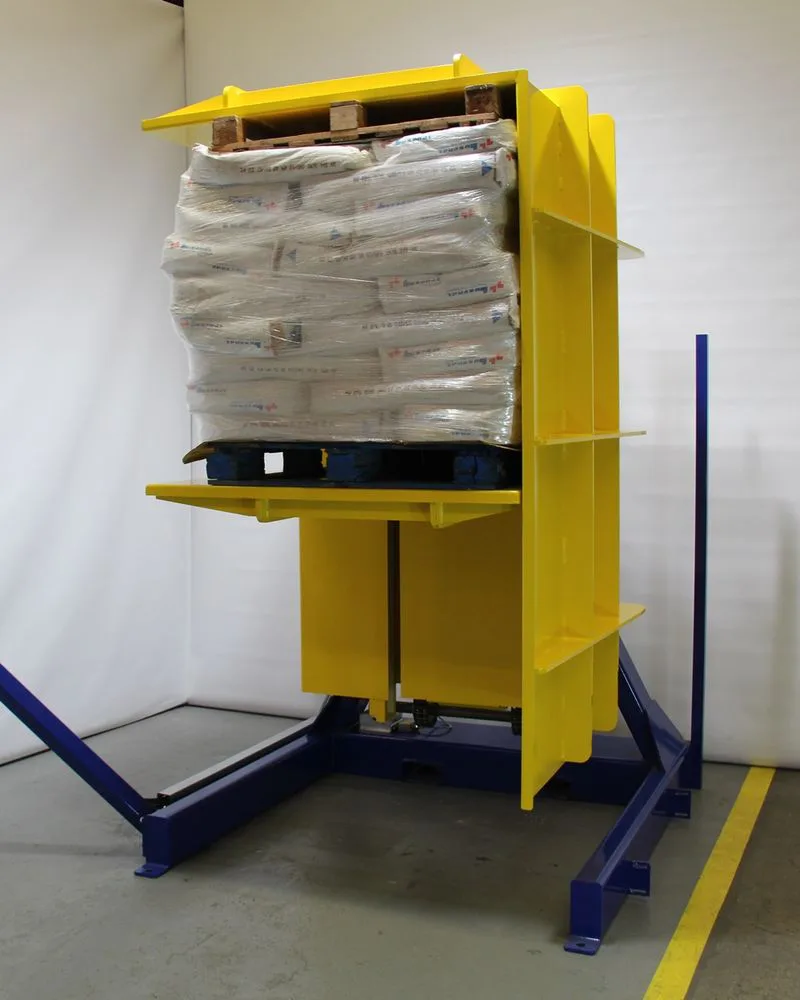
To fully appreciate the impact, you need to look at the numbers. I've worked with many plant managers who were surprised by the hidden costs of their manual processes. Let's dive deeper and break down exactly where the savings come from when you make the switch to automation.
Breaking Down the Cost Savings
When we talk about cost, it's easy to just focus on the purchase price of a machine. But the real story is in the operational savings it generates every single day. The financial benefits of an automated pallet exchanger come from several areas, both direct and indirect. As an engineer, I always want to quantify these benefits for my clients so they can see the full picture.
Direct Cost Reductions
The most obvious saving is in labor. A single automated pallet exchanger can often do the work of three or four employees. It doesn't get tired, it doesn't need breaks, and it doesn't make mistakes from fatigue. This leads to a substantial reduction in your payroll and associated costs like benefits and insurance.
Another direct saving is the reduction in product damage. Manual handling is inconsistent. Products can be dropped, crushed, or contaminated. An automated system uses precise, controlled pressure and movement to handle loads securely. For one of my clients in the beverage industry, their damage rate during pallet transfer dropped by over 90% after installing an automated system. That saving went directly to their profit margin.
| Cost Factor | Manual Pallet Exchange | Automated Pallet Exchange | Impact |
|---|---|---|---|
| Labor Requirement | 2-4 Workers | 1 Supervisor | Reduces wage costs by 50-75% |
| Time per Pallet | 5-10 Minutes | 1-2 Minutes | Increases throughput by over 300% |
| Product Damage Rate | 2-5% | <0.5% | Minimizes inventory loss |
| Worker Injury Risk | Moderate to High | Very Low | Lowers insurance and compensation costs |
Indirect Cost Advantages
Beyond the direct savings, there are other powerful benefits. Automation creates a more predictable and streamlined workflow. This increased throughput means you can move more products through your facility in the same amount of time, fulfilling orders faster and increasing your plant's total capacity.
Furthermore, reducing manual, repetitive tasks improves workplace safety. This not only lowers the risk of costly worker compensation claims but also improves employee morale. You can reassign your valuable team members to more complex, value-added tasks instead of strenuous manual labor. This is how you build a more skilled and motivated workforce.
What are the key ROI metrics to consider when investing in a pallet exchange system for a high-volume facility?
You are a business leader. You don't spend money without expecting a return. When you look at a piece of equipment like a pallet exchanger, you need to justify the investment. It’s not an expense; it’s a capital investment that must pay for itself and contribute to your bottom line. But many people make the mistake of only looking at the simple payback period. They ask, "How many months until it pays for the initial cost?" This is a very limited view. It ignores the wider, more significant financial impact the machine has on your entire operation. To truly understand its value, you need to look at a broader set of metrics.
The key ROI metrics for a pallet exchange system include the Total Cost of Ownership (TCO), the positive impact on Overall Equipment Effectiveness (OEE), and the direct reduction in costs related to product damage and waste. You must also calculate the value of increased throughput. Looking at these metrics together gives you a complete financial picture. It shows how the investment actively makes you money far beyond simply covering its initial price tag.
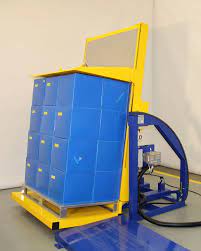
Thinking like an engineer has taught me that a machine is a system within a larger system. Its true value is measured by how it improves the whole process. Let's explore these key metrics in more detail, so you can build a solid business case for this kind of strategic investment.
A Deeper Look at Your Return on Investment
A strong business case is built on solid data. When I work with clients, we go beyond the surface-level numbers to uncover the full financial benefit of an automation project. It’s a process that has helped factory owners like you make confident investment decisions for years.
Calculating Total Cost of Ownership (TCO)
The sticker price is just the beginning. TCO gives you the real cost of the machine over its entire life. It includes:
- Purchase Price: The initial capital outlay.
- Installation & Integration: Costs to set up the machine and connect it to your existing lines.
- Training: The cost of training your staff to operate and maintain the system safely and efficiently.
- Maintenance & Spares: The predictable cost of scheduled maintenance and common replacement parts. A good supplier will be transparent about this.
- Energy Consumption: Modern systems are designed for efficiency, but this is still a factor to include in your calculation.
A lower purchase price can sometimes hide higher long-term costs. A well-built, reliable machine from a reputable supplier might cost more upfront but will have a lower TCO due to less downtime and cheaper maintenance.
Measuring the Impact on OEE
Overall Equipment Effectiveness (OEE) is a critical metric for any high-volume plant. It measures the real productivity of your production line. OEE is calculated as: Availability x Performance x Quality. An automated pallet exchanger improves all three:
- Availability: It reduces downtime caused by manual handling bottlenecks or worker unavailability.
- Performance: It operates at a consistent, high speed, allowing your entire line to run closer to its ideal cycle time.
- Quality: It dramatically reduces product damage, increasing the number of first-quality products you produce.
By boosting your OEE, the pallet exchanger makes your entire production line more profitable.
| ROI Metric | Description | Why It's Important for FMCG in India |
|---|---|---|
| Payback Period | Time it takes for savings to equal the initial investment. | A simple, quick check of financial viability. |
| Total Cost of Ownership (TCO) | Full cost over the machine's life, including maintenance. | Ensures you're not surprised by hidden long-term costs. |
| Overall Equipment Effectiveness (OEE) | Measures how the machine improves total line productivity. | Shows how the investment boosts your entire plant's capacity. |
| Reduced Damage Costs | Quantifies the money saved from not losing products. | A direct and easily measured contribution to profit. |
| Increased Throughput Value | The additional revenue generated by processing more goods. | Connects the investment directly to top-line growth. |
Why is choosing a versatile and customizable pallet exchanger crucial for future-proofing your Indian FMCG operations?
The Fast-Moving Consumer Goods market, especially in a dynamic country like India, never stands still. Your product packaging will change. You might introduce new product sizes or multi-packs. Retailers might demand different pallet types for their distribution centers. Your logistics needs are constantly evolving. Now, imagine you invested in a standard, rigid pallet exchanger. It works perfectly for your current needs. But in two years, your best-selling product switches to a taller package, and your machine can't handle it. Or a major retailer requires you to ship on plastic pallets instead of wood, and your machine can't grip them properly. Your expensive investment has suddenly become a major operational bottleneck.
This is why choosing a versatile and customizable pallet exchanger is not a luxury; it's a necessity for future-proofing your operation. A system that can be adjusted and adapted to handle different load sizes, shapes, weights, and pallet types is an asset that grows with your business. It protects your initial investment and ensures that your logistics capabilities can keep up with market demands, rather than holding you back.
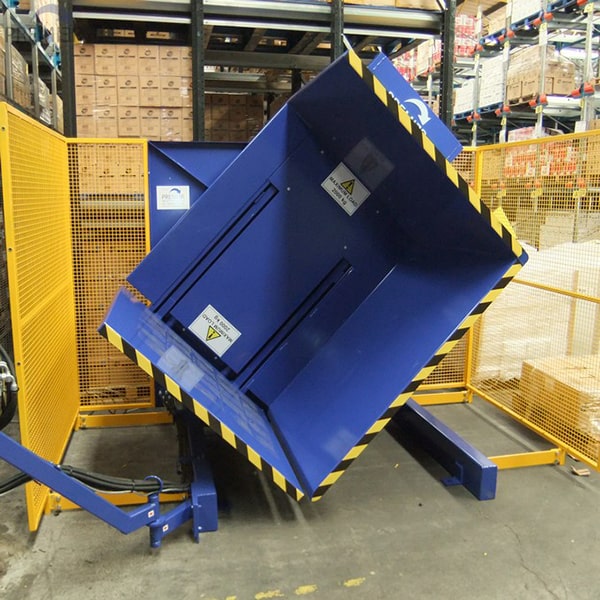
I’ve seen this happen. A client once chose a cheaper, non-adjustable model to save money upfront. Within three years, they had to replace it because their product line had diversified. The short-term saving led to a much bigger long-term cost. True cost-effectiveness comes from longevity and adaptability. Let's look at the specific features that make a system truly versatile.
Designing for a Dynamic Future
Thinking ahead is the mark of a great operational leader. When it comes to machinery, that means choosing equipment that can change as your business changes. In the Indian FMCG sector, this adaptability is paramount. A machine that is not versatile is a machine with a limited lifespan.
Accommodating Diverse Products and Pallets
Your pallet exchanger must be a flexible workhorse. Key customizable features to look for include:
- Adjustable Clamping Pressure: This is critical. You need to be able to handle sturdy canned goods with firm pressure and then switch to handling delicate bags of chips with a much gentler touch. The ability to program different pressure settings for different SKUs prevents product damage.
- Variable Opening Range: The machine needs to accommodate a wide range of load heights and widths. This allows you to handle everything from short, dense stacks of beverages to tall, lighter stacks of paper products without issue.
- Compatibility with Multiple Pallet Types: Your operation might use standard wooden pallets, but you may also need to handle plastic rental pallets (like CHEP or LPR) or specialized in-house pallets. A versatile machine should have adjustable forks or platforms to securely handle different types.
| Customization Feature | Benefit for Indian FMCG Plant |
|---|---|
| Adjustable Clamping Pressure | Prevents damage to a wide variety of products, from fragile to robust. |
| Variable Sizing (Height/Width) | Handles diverse SKUs and seasonal packaging without needing a new machine. |
| Multi-Pallet Compatibility | Allows you to meet the specific pallet requirements of different customers and logistic partners. |
| Automation Integration Options | Can connect seamlessly with conveyors and AGVs as your factory becomes more automated. |
Integration with Your Broader Automation Strategy
Your pallet exchanger shouldn't be an island. It needs to communicate with the rest of your factory. A future-proof system is designed for integration. It should have the capability to connect with your Warehouse Management System (WMS), as well as physical automation like automated guided vehicles (AGVs) and conveyor systems. When the pallet exchanger can receive instructions from the WMS and signal to conveyors when a cycle is complete, you are building a truly smart, efficient, and interconnected factory. This is the goal of Industry 4.0, and choosing the right equipment today paves the way for that future.
What is the one overlooked factor that separates a good pallet exchange solution from a great one for Indian FMCG plants?
Let’s say you have done all your homework. You have analyzed the costs and calculated a strong ROI. You have found a machine with the versatile features you need for the future. You feel confident you are making the right choice. But I can tell you from decades of experience, there is one more factor that many people overlook. It’s the single thing that separates a machine that simply works from a solution that truly transforms your operation and gives you peace of mind. Many companies buy a "good" machine, but they end up frustrated. When a small problem occurs, getting help is slow. Downtime stretches from hours into days. The machine works, but it never feels like a seamless part of their operation.
The most critical, and most often overlooked, factor is the quality of the partnership with your supplier, specifically their local after-sales support and service capabilities within India. A machine is only as good as the support structure behind it. A great piece of equipment without fast, reliable, local service can become your biggest headache. A great solution is a combination of a robust machine and a committed partner who is there to support you long after the installation is complete.
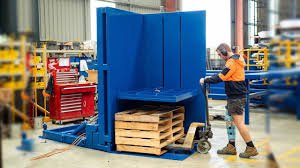
This is something I learned early in my career, and it’s the foundation on which I built SHJLPACK. A transaction ends when the machine is delivered. A partnership is just beginning. Let me share why this is so important.
The Power of a True Partnership
When I started as a young engineer, I worked in a factory that bought a key piece of equipment from a foreign supplier. The machine was good, but the supplier had no local presence. When we had a breakdown, we had to deal with time zone differences, language barriers, and long waits for spare parts to be shipped from overseas. A problem that should have taken four hours to fix ended up shutting down our line for four days. The cost of that downtime was enormous. It was a painful lesson, but it taught me something fundamental: uptime is everything.
The Real Cost of Downtime in a High-Volume Plant
In an FMCG plant in India, your lines are running constantly to meet demand. You cannot afford to wait. The true cost of downtime isn't just the idle machine; it's the lost production, the delayed shipments, the frustrated customers, and the overtime pay for workers to catch up. A supplier with a strong local presence in India understands this urgency. This means having:
- Locally-Based Technicians: Engineers who can be at your plant within hours, not days.
- A Local Stock of Spare Parts: The ability to get critical components immediately, without waiting for international shipping and customs clearance.
- Proactive Support: A partner who doesn't just wait for you to call with a problem. They should offer preventative maintenance plans, operator training, and advice on how to optimize your machine's performance.
Look for a Partner, Not Just a Vendor
A vendor sells you a product. A partner invests in your success. This is the philosophy that guided me when I started my own factory and now with SHJLPACK. We don't just sell wrapping and handling solutions; we provide a total solution. This means understanding your business, recommending the right equipment, and then standing behind it with unwavering support. It's the same principle I apply whether I'm helping a steel mill owner like Javier Morales analyze a large-scale coil handling system or an FMCG plant manager in India select a pallet exchanger. The core need is the same: reliable equipment backed by a reliable partner. Before you buy, ask the hard questions: Where are your service technicians based? Where are your spare parts stored? What does your support plan look like after the warranty expires? The answers will tell you if you are buying a machine or investing in a partnership.
Conclusion
Automated pallet exchange is more than a purchase; it's a strategic move. The right machine, backed by a true partner, delivers lasting cost-effectiveness and efficiency for your plant.


